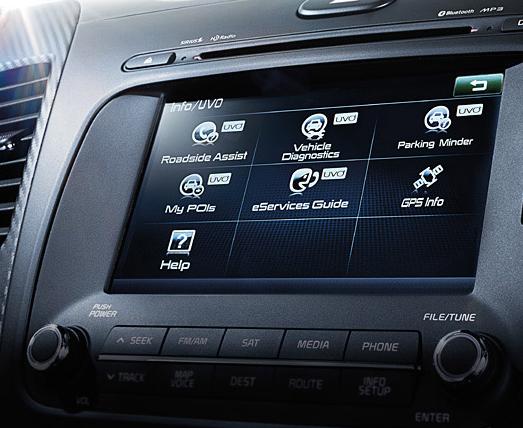Henry Bzeih, Chief Technology Strategist, Connected Car, at Kia Motors America spoke to Automotive World at the International CES in Las Vegas. Kia used the event to launch the next generation of its UVO connected infotainment system, and Bzeih gave his thoughts on the future direction of the connected vehicle, and whether he thinks the car is the next big gadget.
How would you define the ideal connected vehicle?
The ideal connected vehicle is less about the technical solutions and more about affordability to the consumer in terms of using the connected services and so forth. If we can make it available and less about business models, charging and subscriptions, that would be ideal.
How do OEMs find the balance between connectivity that consumers want and what regulators will allow?
Ultimately, we want to provide a safe environment for our customers, regardless of mandate. We know our customers are using their smartphones for vehicle content, streaming music and checking social media while driving, and basically doing lots of things they shouldn’t be doing. What we are doing is providing an element of integration, so a driver does not have to do that. It’s about safety, minimising and mitigating distraction.
What developments have you recently incorporated into your in-car UVO infotainment system?
We continue to add to our UVO technology by adding more features, such as speed alerts, and now we are working on an app store which will enhance safety content. All of that is the price of nothing for our consumers.
What developments do you expect in the way the driver communicates with the vehicle, and the vehicle communicates with the driver?
We see convergence towards creating a hub for the information, essentially using a head-up display (HUD). That would be the next step in terms of developing this technology; to keep more of a focus on keeping your eyes frontwards and getting information at the same time. You are going to see more and more integration and application of this technology.

Who will benefit most financially from the connected car?
From the OEMs to the customers and in between, everybody benefits from the connected car. The OEM will benefit from brand perspective and the customer will benefit from the value of the service.
What role do you expect Big Data to play in the future of the connected car?
Big Data is going to play a huge role, and now we are reaching the critical mass where connected cars are on the road. Now we can tackle Big Data to improve quality and see where improvements can be made.
Do you think connected vehicles can be brought to market in a way that ensures drivers are safe?
Yes, absolutely. We are seeing a lot of that today with a lot of active safety and automated driving features that are coming into mass production. I see more safety technology emerging, such as collision avoidance, which will make sure our drivers are safe.
What do you think is the biggest consumer demand for connected vehicle technology?
To me, the connected vehicle is a surprise and delight in terms of what the consumer will see. Nobody buys a car because it has a connected system right now, but if they buy a connected car and the system surprises and delights them, they are more than likely to stay in the brand and buy another product.
Do you see the car as the next big gadget?
It already is the next big gadget. It is taking the connected technology from the consumer’s hand and making it part of the integrated experience.
Do you think this will convince younger generations back into driving?
Right now, young people are not the buyers. The buyers are the people with families and the baby boomers. Once millennials can afford vehicles, they will probably want the vehicle if it is green, connected and recyclable, moreso than whether it offers a specific performance. We see a shift in their interests, and they will soon become the purchasers of the vehicles.
Rachel Boagey



